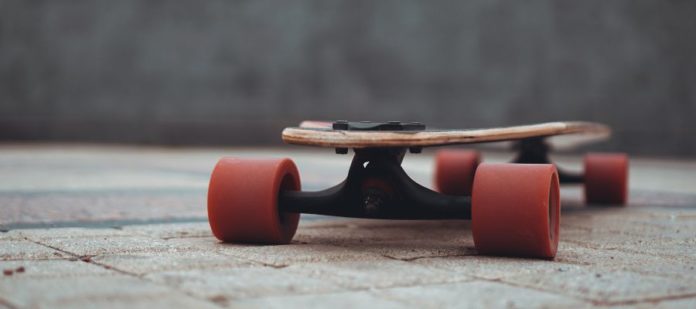It’s hard to process everything you must do in a split second to protect your body while tumbling to the ground, but you must be aware of the proper way. Whether it’s slipping on the ice or tripping over your children’s toys in the middle of the night, these are the best methods for learning how to fall correctly.
Slow Down the Fall
Doing your best to slow down your fall helps prevent your body from taking on the full force of the blow. If possible, grab anything you can to help break the fall. Slowing down the process lessens the impact, and you can do that by lengthening the fall.
Our natural reaction is to flail and use whatever body part we can to cushion the fall, but all that does is leave you more vulnerable because of the pressure you put on that portion of the body. That’s how broken limbs happen.
Keep Your Foot Planted
Another easier-said-than-done tactic that can soften the fall is by planting your foot. Like a basketball player setting their pivot foot, your planted foot dictates the action. The closer you land to that planted foot, the more you can balance yourself and lessen the impact.
When you reach your hands back, you’re shifting your weight, inadvertently speeding up the fall. Your planted foot helps set your center of gravity, so once that goes, the only place to go is down to the ground.
Land on a Flat Surface
Learning where to fall can help prevent a severe injury. If you enjoy arriving at your destination on a longboard on a nice day, several hazards can make your fall more severe. Curbs, jagged protrusions, and even other people could make matters worse.
Therefore, do your best to land as much on a flat surface as possible. Additionally, you should also keep your body flat and still. Pretend you’re a professional wrestler taking a back bump. Landing on your stomach or back will sting, but assuming you keep your head elevated so it doesn’t knock on the pavement, you should walk away unscathed.
Let It Happen & Roll
If there’s anything you should remember from these tips, it’s to avoid trying to catch yourself. It’s a challenging skill to master because our natural reaction when falling is to do just that. However, it opens a whole can of worms.
Let the fall happen, and do your best to roll to use physics to your benefit. Rolling converts the downward energy into rotational energy, diminishing the effect.
People of all ages and interests should learn the best methods for learning how to fall correctly because you never know when an unfortunate incident will occur. And implanting these tips in your brain allows you to fall gracefully.
























